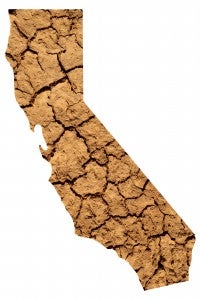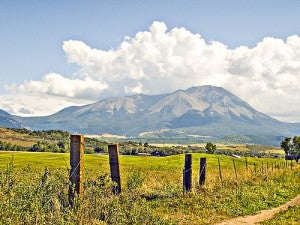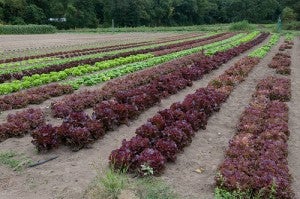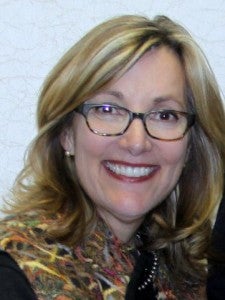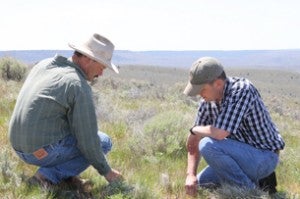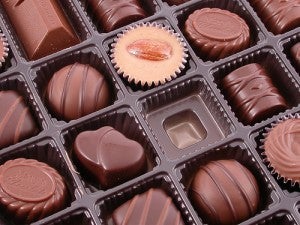Finger-pointing tends to sharpen during times of crisis.
Exhibit A: California, now entering its fourth year of drought.
If you’ve followed media coverage of the drought lately – which has spiraled to new heights since Gov. Jerry Brown ordered the state’s first mandatory cuts in urban water use last week – you’ve probably heard that agriculture was “spared” the knife.
An interview with Gov. Brown on PBS Newshour perfectly encapsulates the debate of the past week:
“Well, Governor, encouraging people to decrease watering their lawns seems like literally a drop in the bucket, when 80 percent of the water … is from the agriculture sector,” the reporter starts out. “We know that it costs an enormous amount of water to have a single almond to eat … Is it time for us to start zeroing in on the largest customers or users of water?”
While it’s true that agriculture is California’s biggest water user, and that some crops require more water than others, it’s unfair and inaccurate to suggest, first, that agriculture was passed over, and second, that a small nut is primarily to blame for sucking the state dry. It’s more complicated than that. Read More










